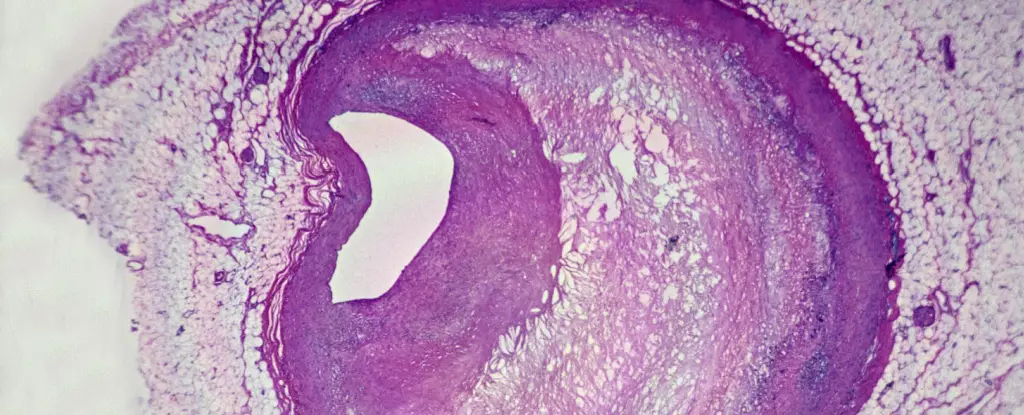In our modern world, plastics have permeated every aspect of life, seamlessly woven into the fabric of daily activities—from packaging to medical supplies. However, their versatility comes at a significant cost, as research increasingly reveals that microplastics are not just external contaminants but have infiltrated the human body. These tiny plastic particles, which measure less than 5mm, have been detected in organs like the placenta, hinting at a concerning reality that we have only begun to unravel. Given their widespread presence, it is critically important to identify the potential health risks associated with microplastics and develop a comprehensive understanding of their implications on human well-being.
To comprehend the effect of microplastics on human health, researchers have turned to models in controlled environments like organ replicas and animal studies. Although these investigations provide initial insights, there remains a discrepancy between experimental conditions and actual human exposure in day-to-day life. The sheer volume of microplastics found in laboratory analyses does not necessarily correlate with the amounts encountered by individuals outside of these controlled settings.
A small-scale, pivotal study conducted in Italy sheds some light on this topic, as it represents one of the first attempts to assess microplastic contamination in human tissues. This research, led by Raffaele Marfella at the University of Campania in Naples, analyzed fatty deposits surgically removed from patients who underwent carotid endarterectomy to alleviate clogged arteries. Remarkably, nearly 60% of participants had detectable levels of polyethylene in their plaques, while a small percentage showed evidence of polyvinyl chloride (PVC), a common component in many consumer products. While the study boasts promising initial findings, it also highlights the urgent need for further research to understand the broader health ramifications of microplastic presence within the human body.
The implications of these findings cannot be overstated. Microplastics, including polyethylene and PVC, have been linked to various adverse health effects in laboratory settings, most notably inflammation and oxidative stress in heart cells. In Marfella’s study, a staggering correlation emerged: patients exhibiting microplastics in their excised plaques were 4.5 times more likely to suffer a stroke or heart attack compared to those without detectable microplastic levels. This alarming statistic underlines a crucial need for additional research.
Furthermore, the analytical methods employed in the study—pyrolysis-gas chromatography-mass spectrometry—allowed researchers to confirm the plastic content with high accuracy, while advanced microscopy revealed fragments of plastic lodged within immune cells known as macrophages. This not only underscores the invasive nature of microplastics but raises further questions regarding the long-term effects of their presence in human biology. With heightened inflammatory markers observed in patients with microplastics, the potential for a causal relationship, rather than mere association, gains increased traction.
It is essential to recognize that while the study presents groundbreaking insights, it is inherently observational, lacking the ability to definitively establish causality between microplastics and cardiovascular issues. The research did not adequately account for other cardiovascular risk factors, such as smoking habits, levels of physical activity, and environmental air pollution, all of which could confound the results and lead to misinterpretation of the impacts attributed solely to microplastics.
Moreover, in an era where plastic production has surged dramatically, the health ramifications are becoming more evident. The relationship between the increase in plastic pollution and the decline in certain cardiovascular diseases in some regions hints at a more complex interplay of factors calling for meticulous research.
Given the omnipresence of plastic and its potential consequences on human health, the call for comprehensive studies is louder than ever. As scientists like Philip J. Landrigan emphasize, the urgent questions raised by identifying microplastics in human tissue cannot be ignored—foremost among them being the pathways of exposure and strategies for mitigation. Continued exploration into this burgeoning field of study is imperative to understand not just the prevalence of microplastics, but the broader implications for public health and safety.
Ultimately, as we navigate this new understanding of microplastics within the human body, awareness and action must be prioritized. By fostering interdisciplinary research efforts and advocating for cleaner environments free from plastic pollution, we can work toward a future where both health and ecosystem integrity are preserved.


Leave a Reply